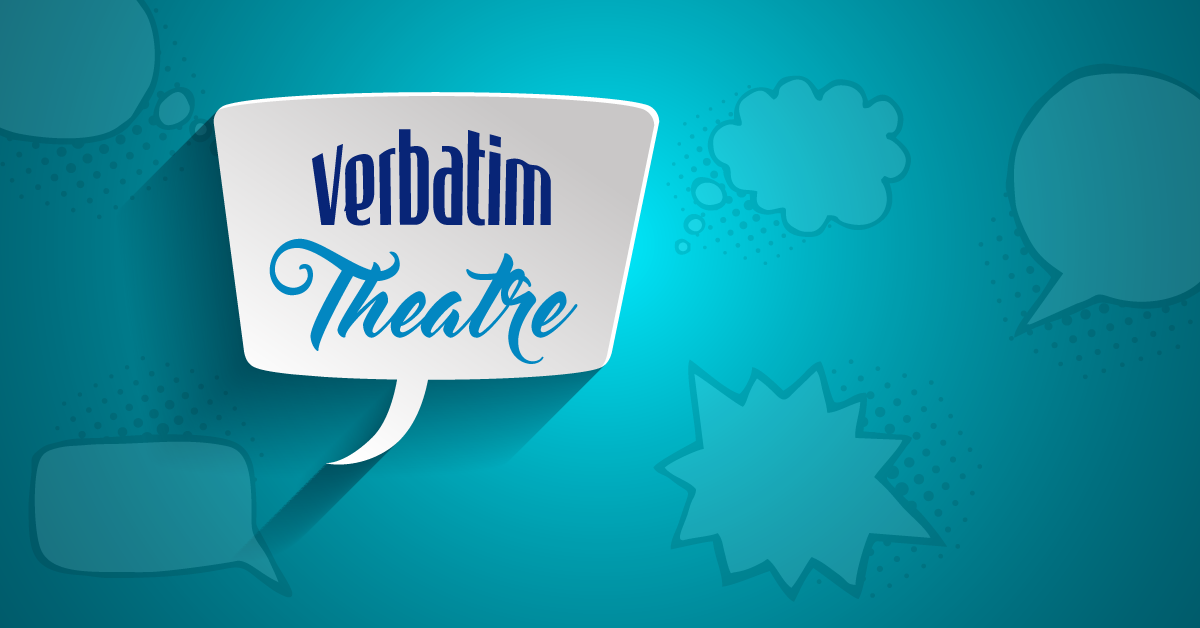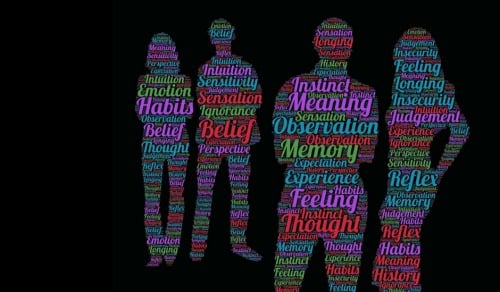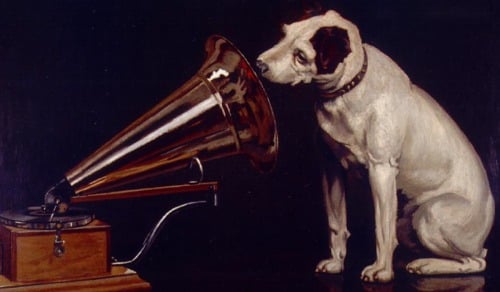Classroom Exercise: Verbatim Theatre
If you’re looking for a great cross-curricular activity for your drama classroom, delve into Verbatim Theatre.
verbatim: in exactly the same words, word for word
Verbatim Theatre uses a process in which a playwright interviews subjects on a particular topic and issue, records the responses, then use those words exactly as they are – no changes.
There are some challenges to this type of project: How do you construct a theatrical experience with this material? You can’t change things around to make them more dramatic. You’re bringing real people, speaking their own thoughts, to life.
Why Verbatim Theatre?
This process is often used to share a specific story or event. So its ideal for exploring cross-curricular topics.
Verbatim Theatre gives voice to people who would not normally have a platform.
The process creates dialogue in a way that most playwrights have to manufacture otherwise. The subjects speak naturally, so their dialogue includes all the ums, pauses, slang, regionalisms, repeated words, and other speech mannerisms that happen in conversation.
Finally it is a tool to study the physicality of a specific person or group of people. How do you imitate the gestures, physical stance, and expressions of someone else?
Verbatim Theatre is a great way for students to work on creating a physical character and to hear/analyze natural dialogue.
Examples of Verbatim Theatre
- The Laramie Project – Moises Kaufman and the members of the Tectonic Theatre Project interviewed people in Laramie Wyoming after the murder of Matthew Shepard.
- Aftershocks, Paul Brown. This play is based on interviews of survivors of an earthquake and the effect of the disaster.
- Twilight: Los Angeles, 1992 by Anna Deavere Smith. Based on interviews about the effects of the Rodney King trial and verdict.
What’s the Process?
- Choose a topic or event as the source.
- Find interview subjects.
- Subjects must be a real person (no movies) speaking in their real voice.
- The interviews must be recorded so that you can transcribe the text exactly.
- When you perform the text, speaking verbatim is key. You’re bringing someone else to life through this process and it’s important to convey their thoughts and words exactly.
How can I use this?
- Choose a topic and have students interview each other.
- Example: Students share with each other their opinions and stories about bullying.
- Choose a specific question/story topic and everyone in the class has to find an interview subject.
- Example: Interview a parent, uncle/aunt or grandparent and ask the question, “What was high school like for you?”
Adapting the Process
Verbatim Theatre is widely thought of as an oral process – subjects are interviewed and their words are used as text for a play. It makes sense, you’re going from one oral form to another. But when you’re using such a process in the classroom, you’re limited to events and topics that exist in the immediate world of your school, your students and your community. Everything depends on who your students can find to interview.
When you’re looking for cross-curricular activities, the immediate world can be limiting. Here are some suggestions to expand the concept of Verbatim Theatre and make it more flexible for a cross-curricular project using Youtube.
- Explore a moment in history that has been recorded.
- Example: The first nationalized television debate between Nixon and John F Kennedy.
- Explore a moment in current events by taking different clips of the same individual talking about a specific event.
- Example: Toronto mayor Rob Ford accused of various activities caught on video.
- Example: New Jersey Governor Chris Christie has been accused of holding back Hurricane Sandy funding. Research videos of him talking back in October about the hurricane and what he says now about the accusations.
- Choose a specific topic and find YouTube clips that show a real person speaking on that subject.
- Example: Marion Jones denying/admitting to using steroids
Exercise
Topic: Ethics in Sports
Marian Jones denied using steroids in 2004 and then admitted she had lied in 2007. There are videos of both these moments. Use them as the basis for a Verbatim Theatre Project.
Marion Jones denies steroid use
Marion Jones admits to steroid use.
- As a class discuss using banned substances in sports. Does it hurt sports or should all athletes be allowed to use them?
- Watch and discuss the denial. Do you believe her in this video? Why or why not?
- Watch and discuss the confession. Do you believe she is sincere in this video? Why or why not?
- Watch each video again. This time focus on her physical mannerisms. Are there any physical indications in the first video that she is lying? How does she stand in each? Describe her facial expressions.
- Watch each video again. This time focus on the vocal mannerisms. What does she sound like? Does it sound like she’s speaking from her heart or from a prepared statement?
- In groups have students discuss the two videos. What are the differences in her voice, physical stance and face between them? Have students present their responses.
- Give students the text of each speech. When it’s transcribed make sure you leave in all ums, pauses, repeated words.
- In groups students read the text aloud, as is.
- How does the denial come across when it’s read instead of watched? How does the confession come across when it is read instead of watched? Each group presents their opinion.
- Analyze the words on the page. How many times does she repeat words? How many times does she stutter or stammer?
- In groups, find a way to present the two speeches at the same time, weaving back and forth between the two text.
- Each group presents the speeches.
- What is the impact of the piece when presented in this way?
Links
Here are some resources for Verbatim Theatre



